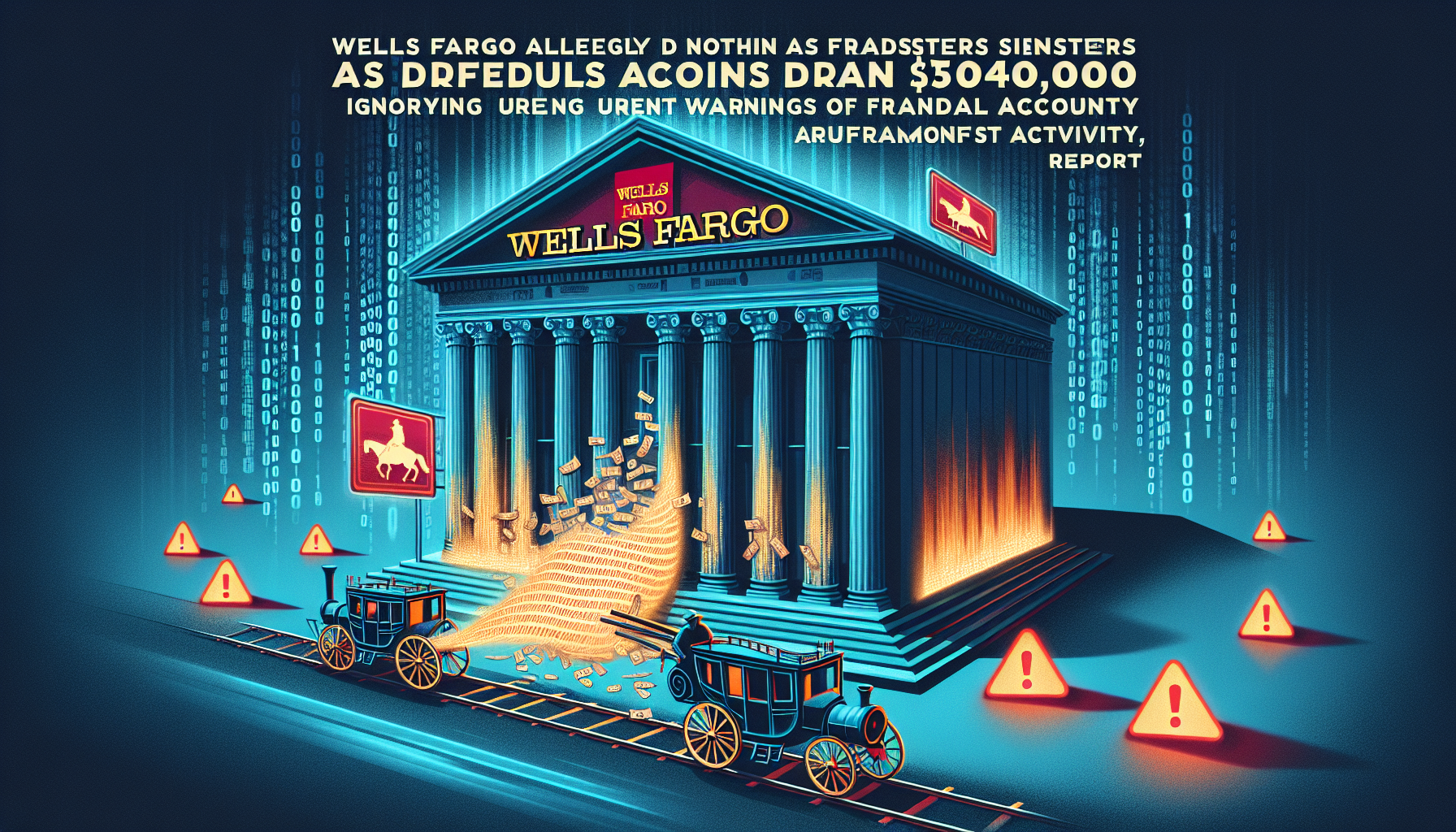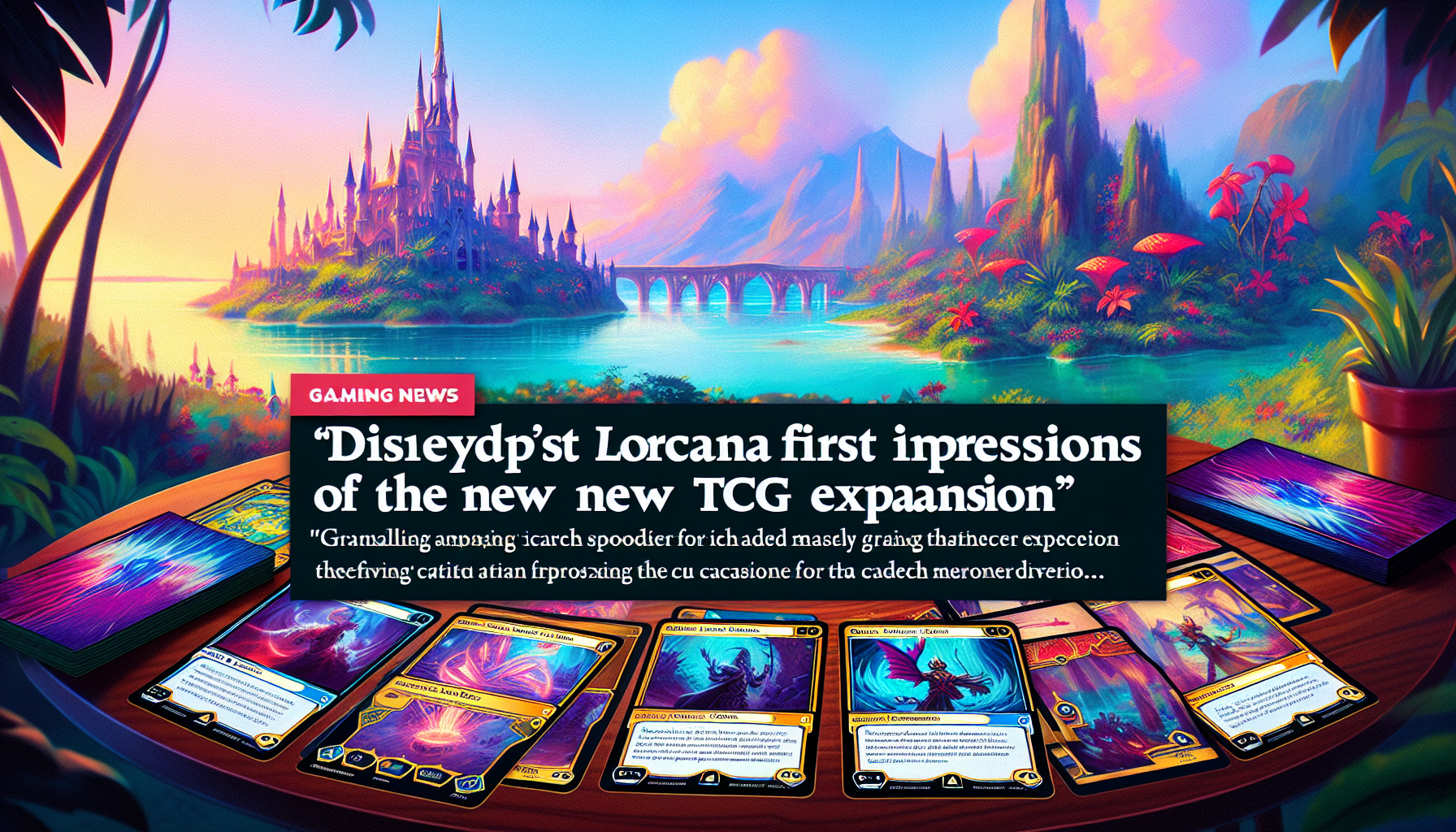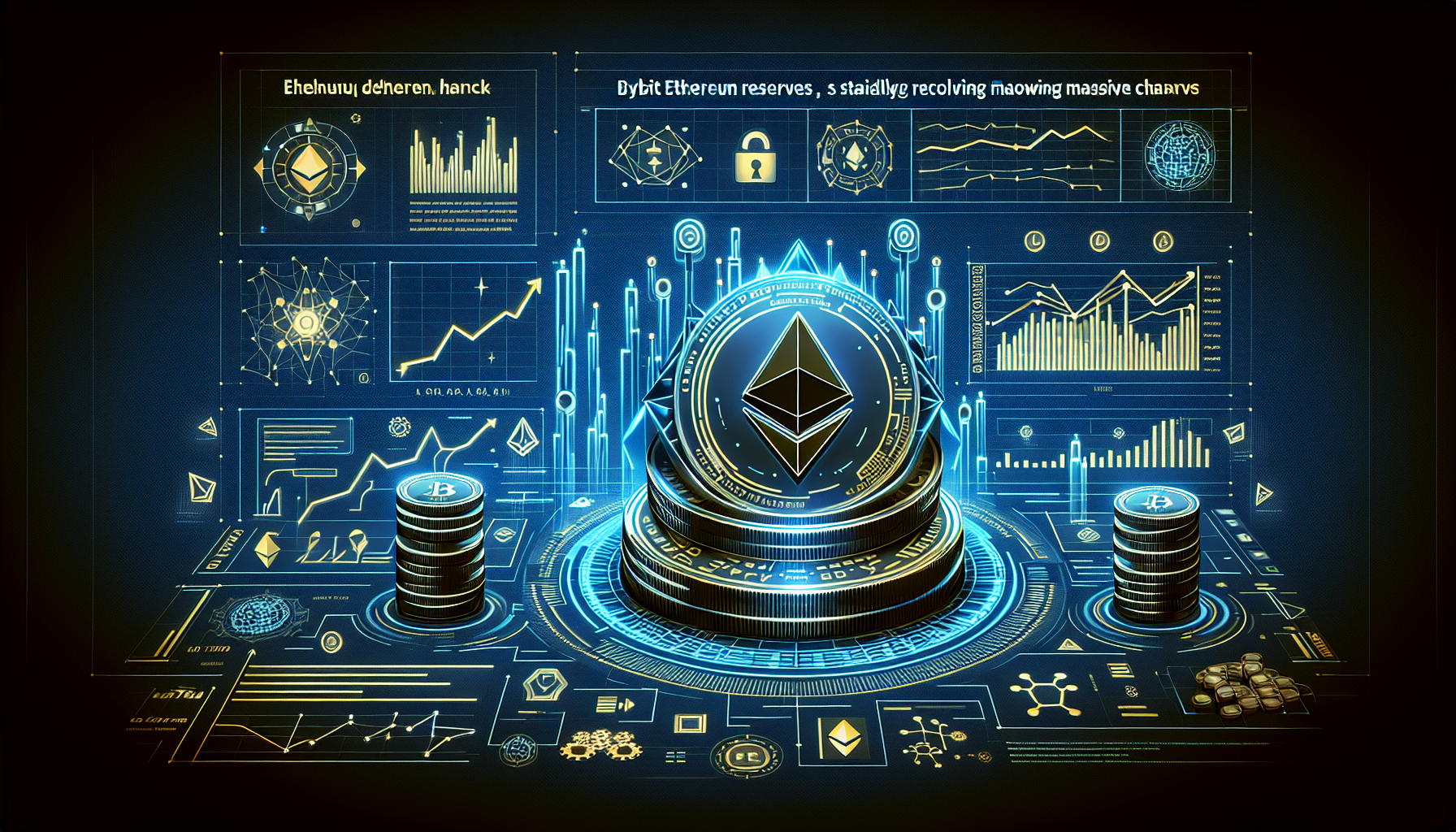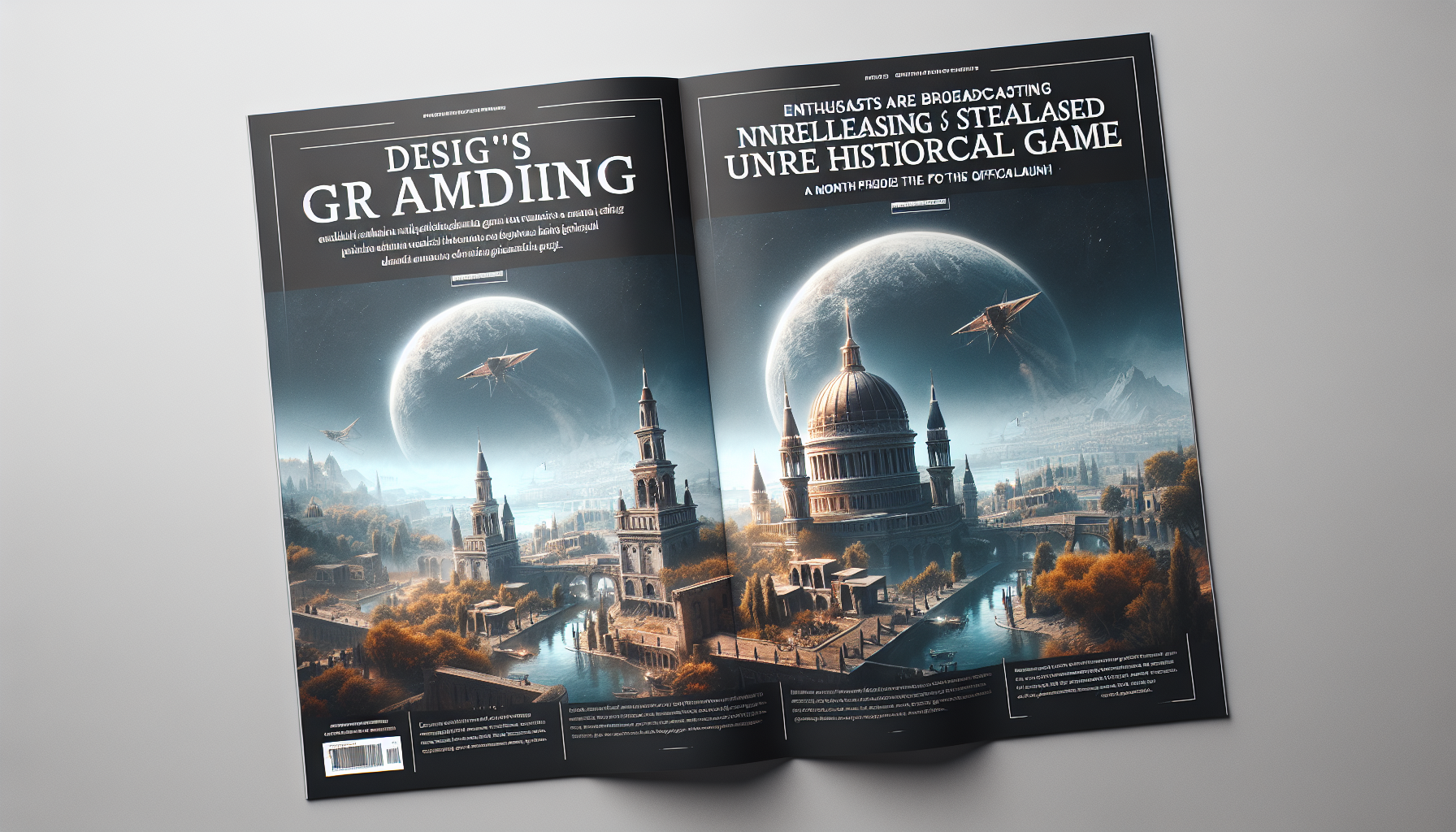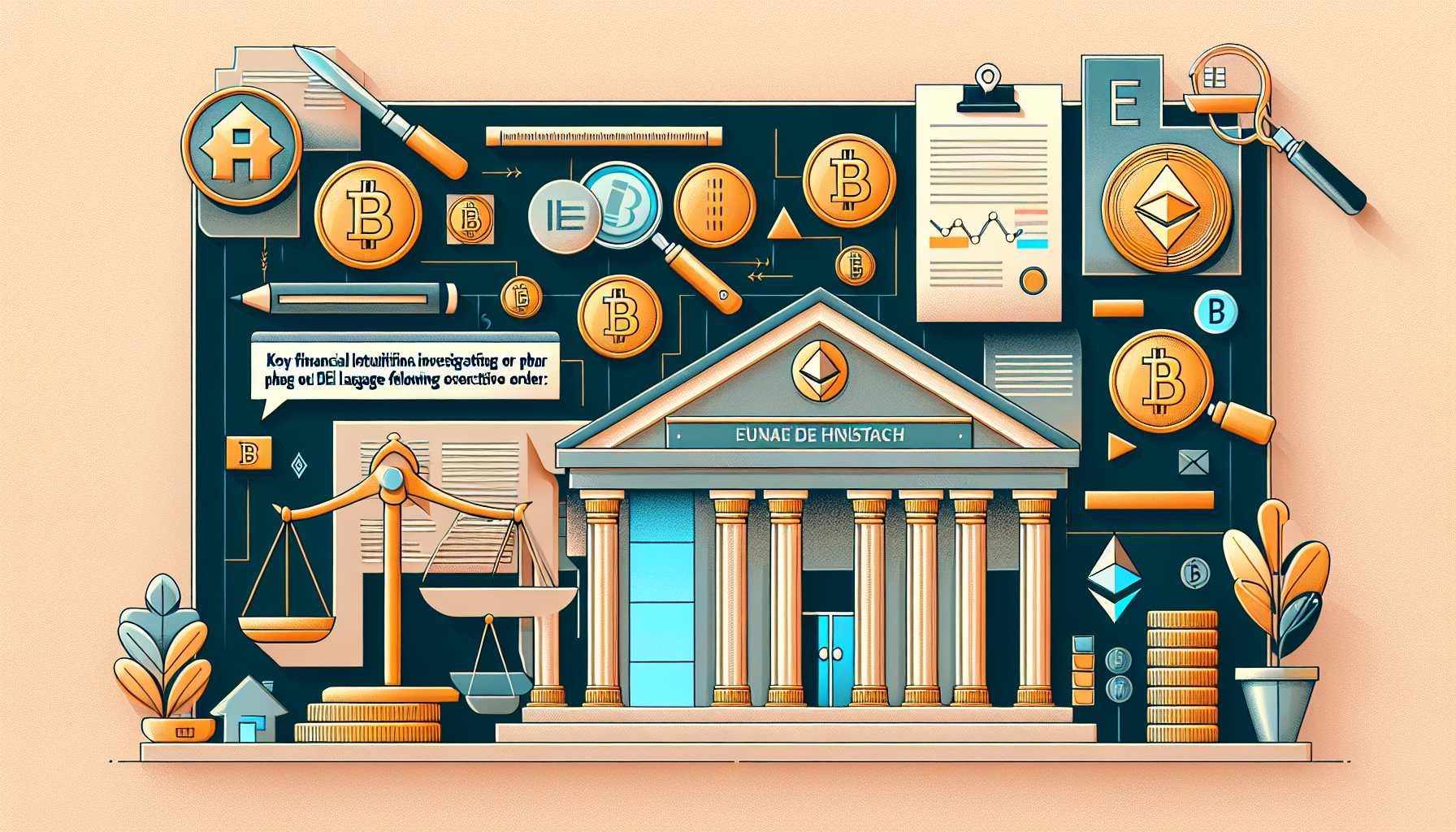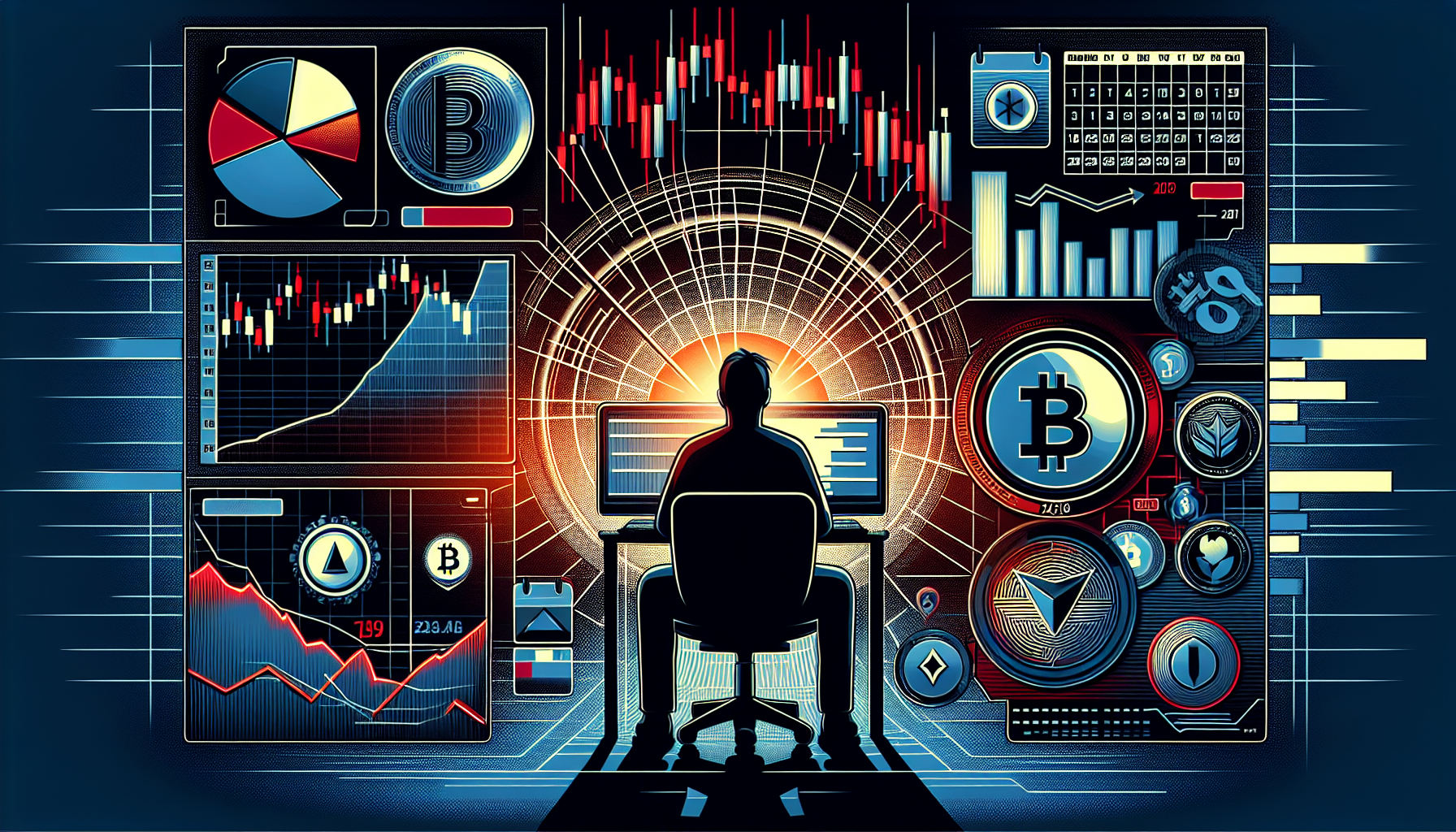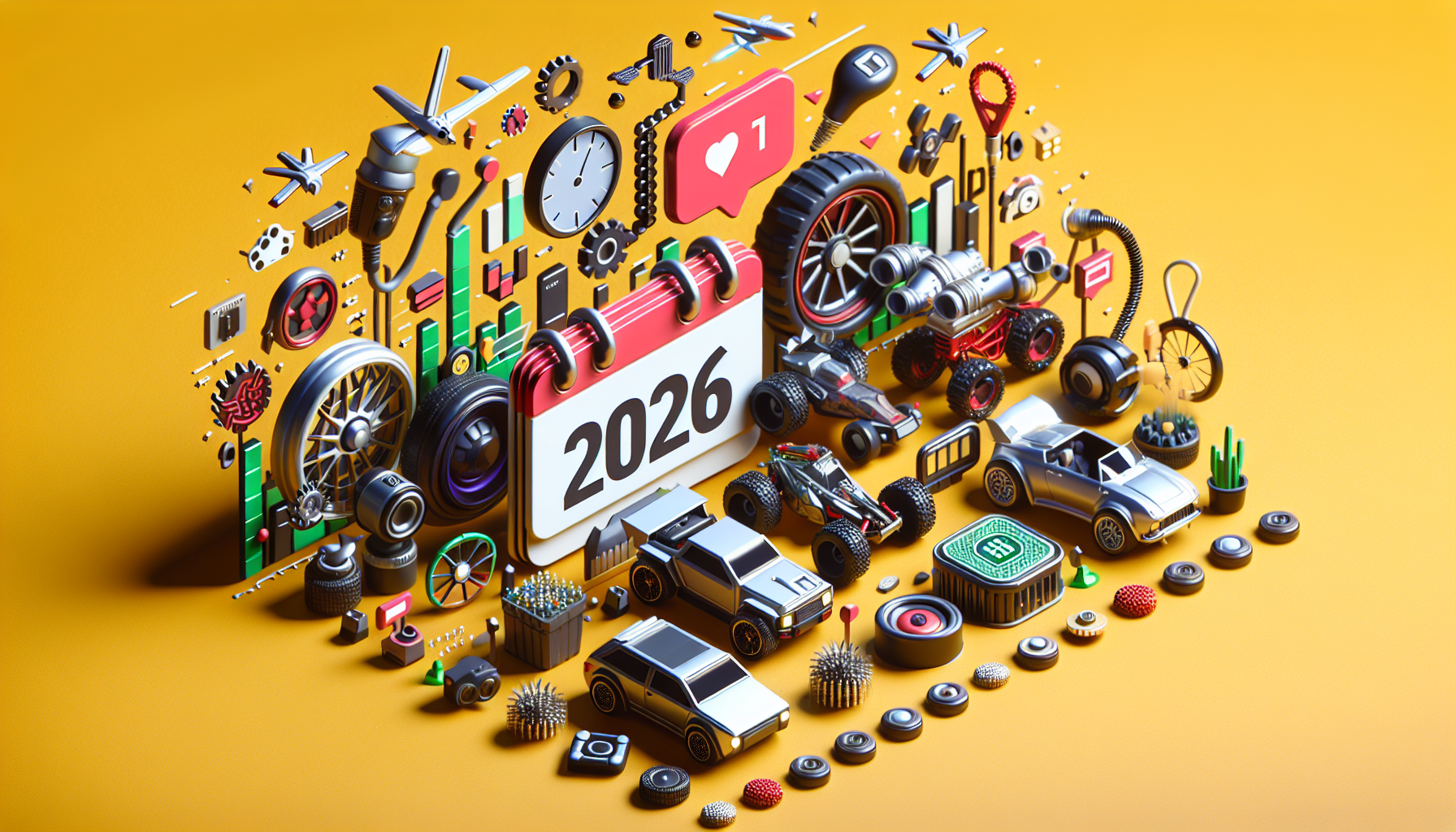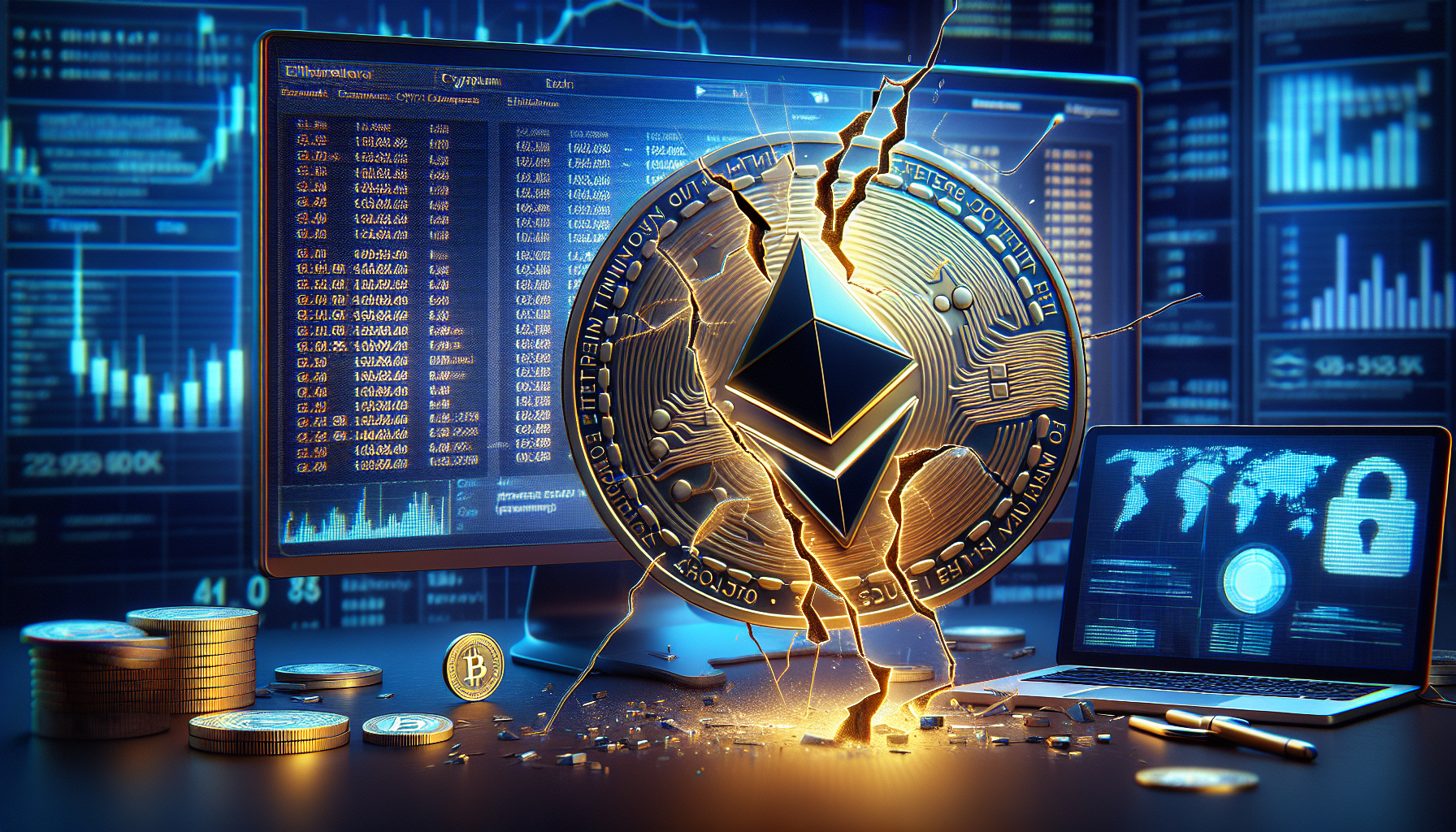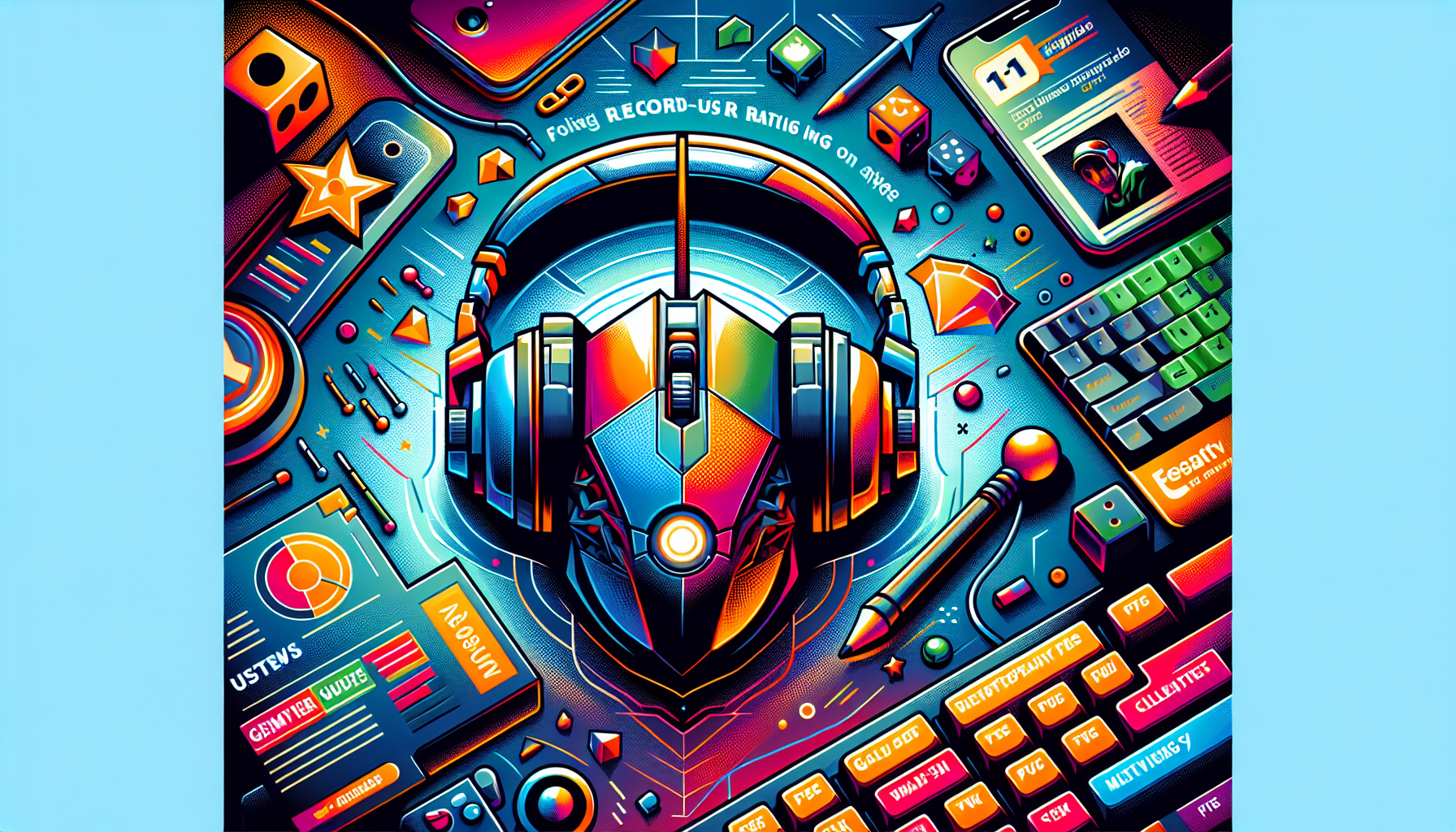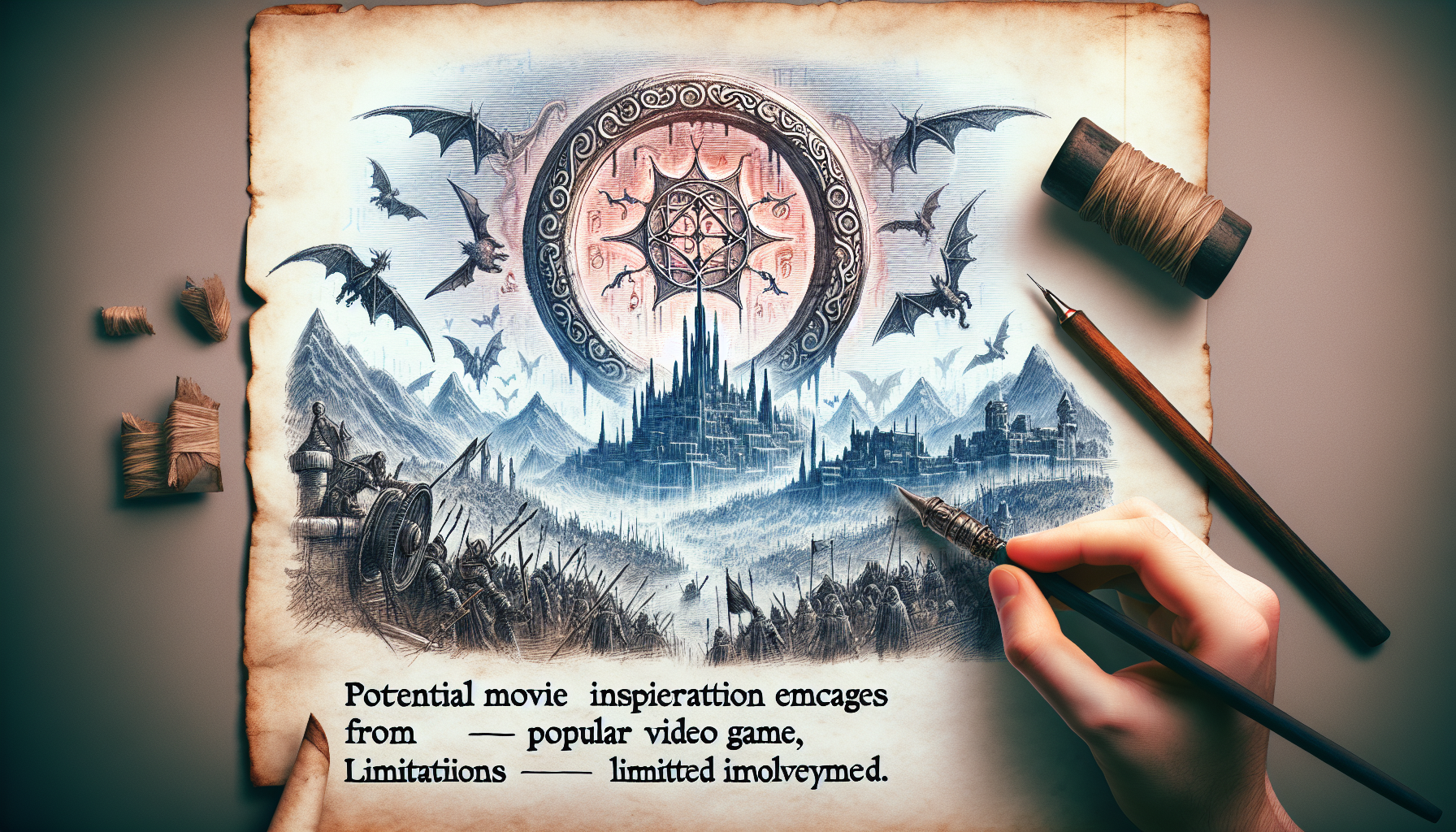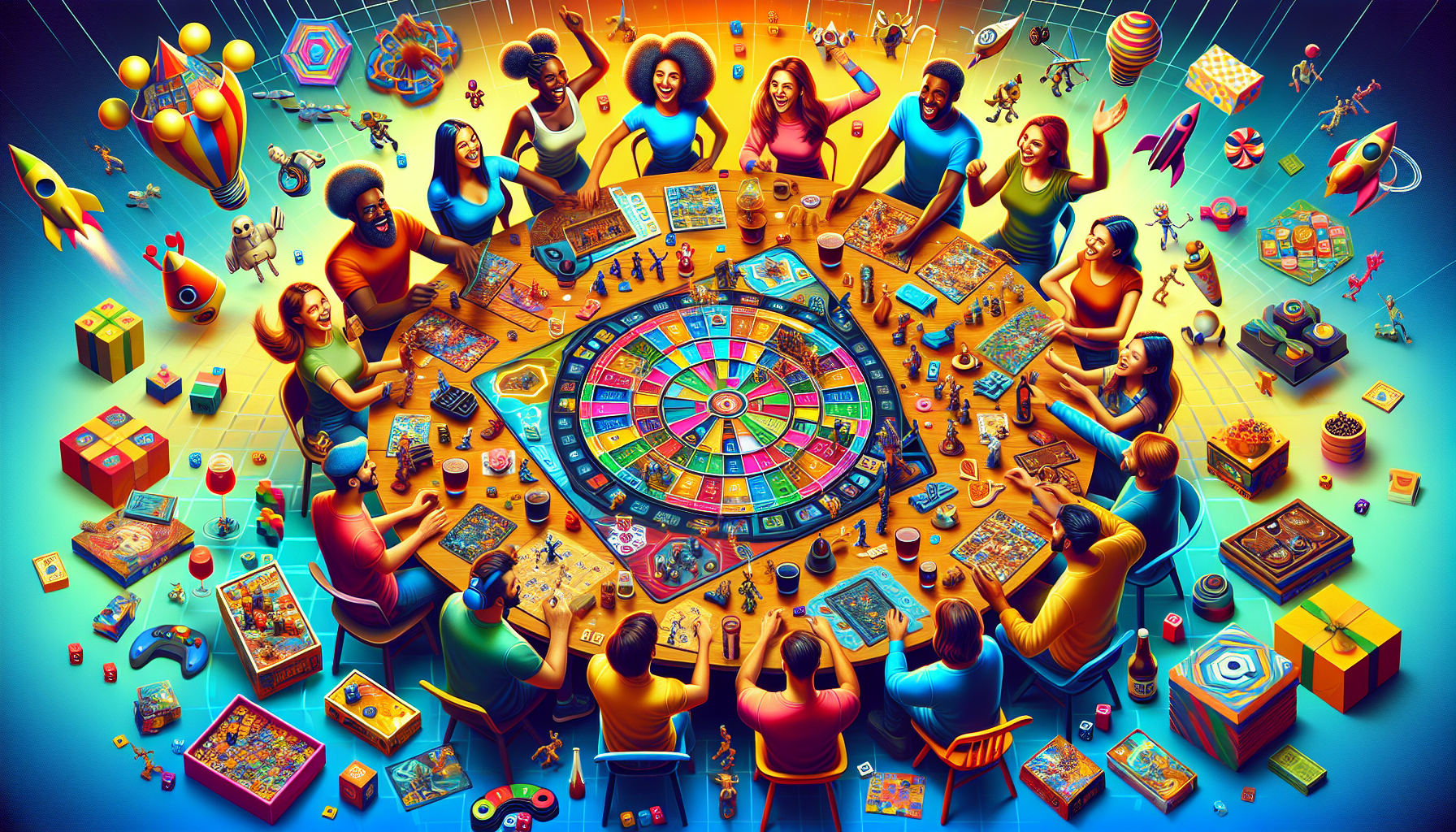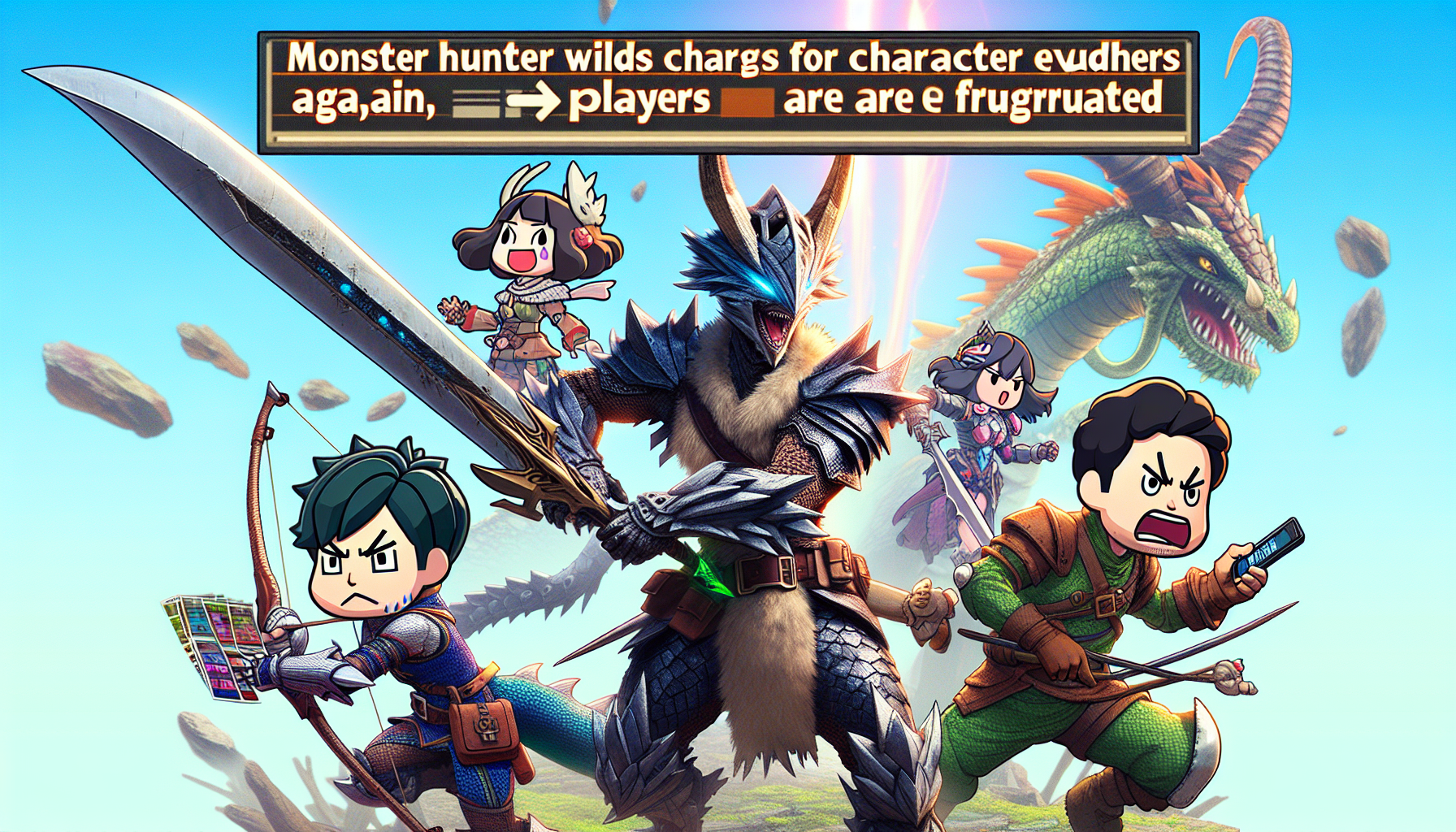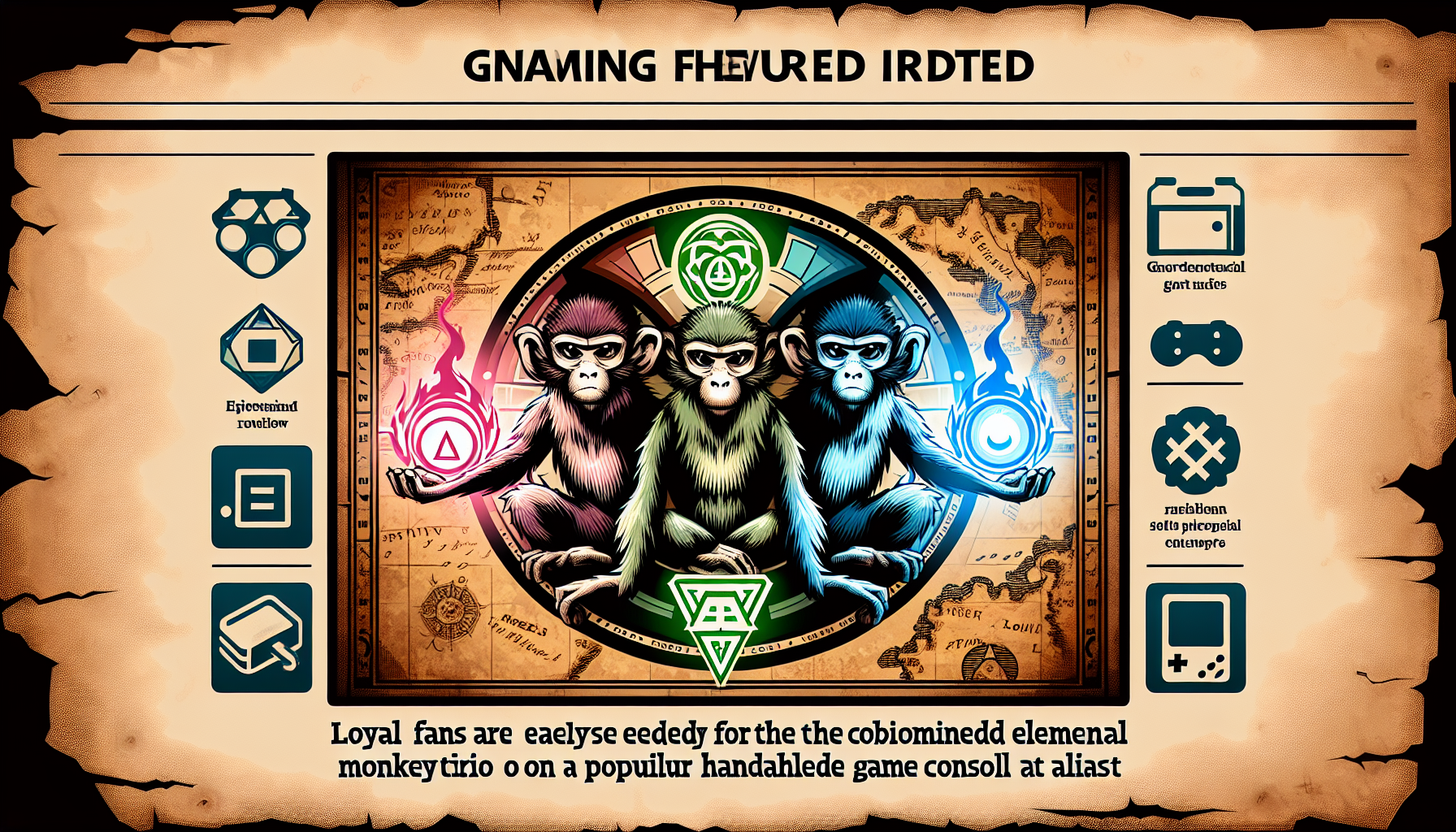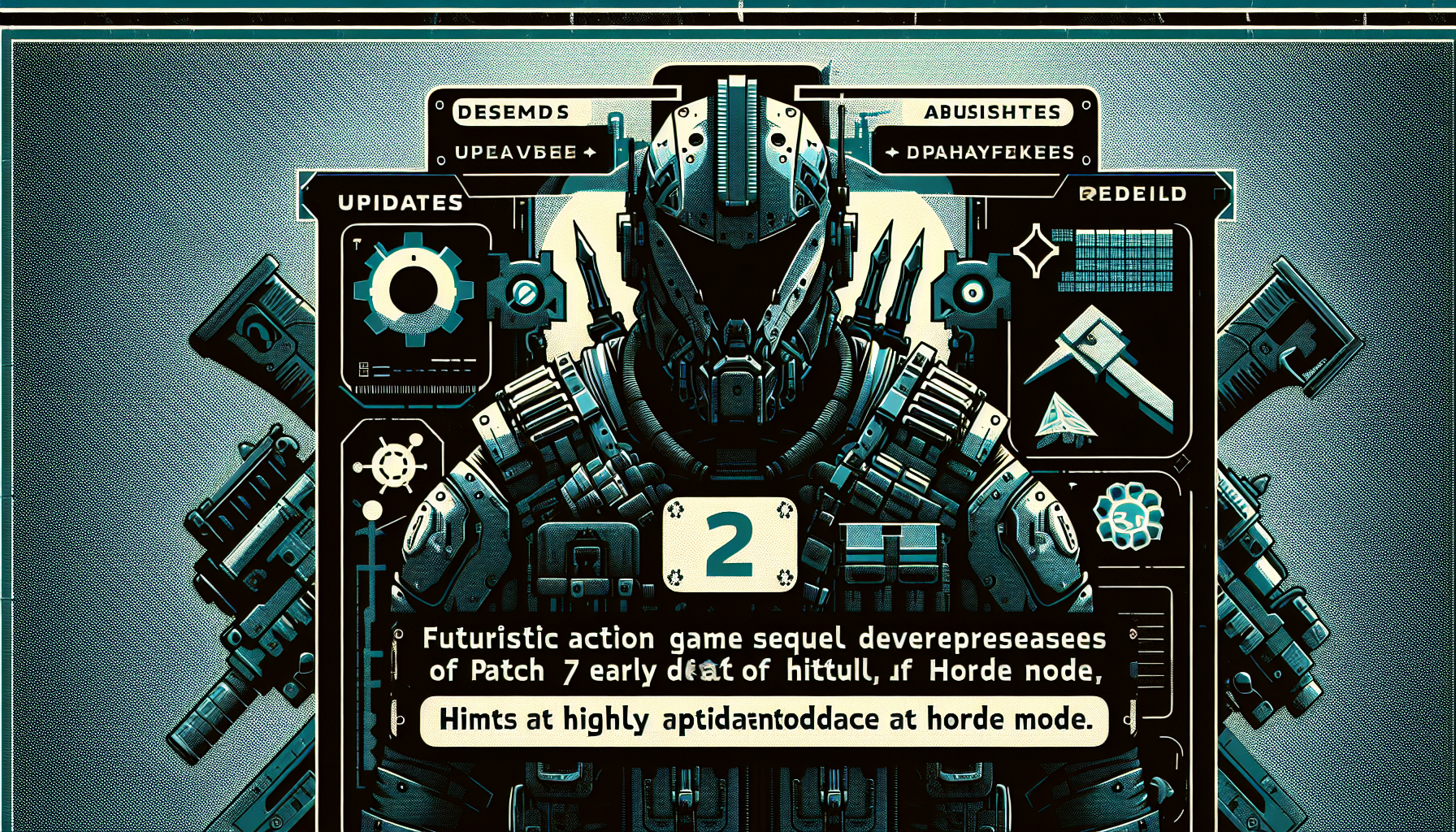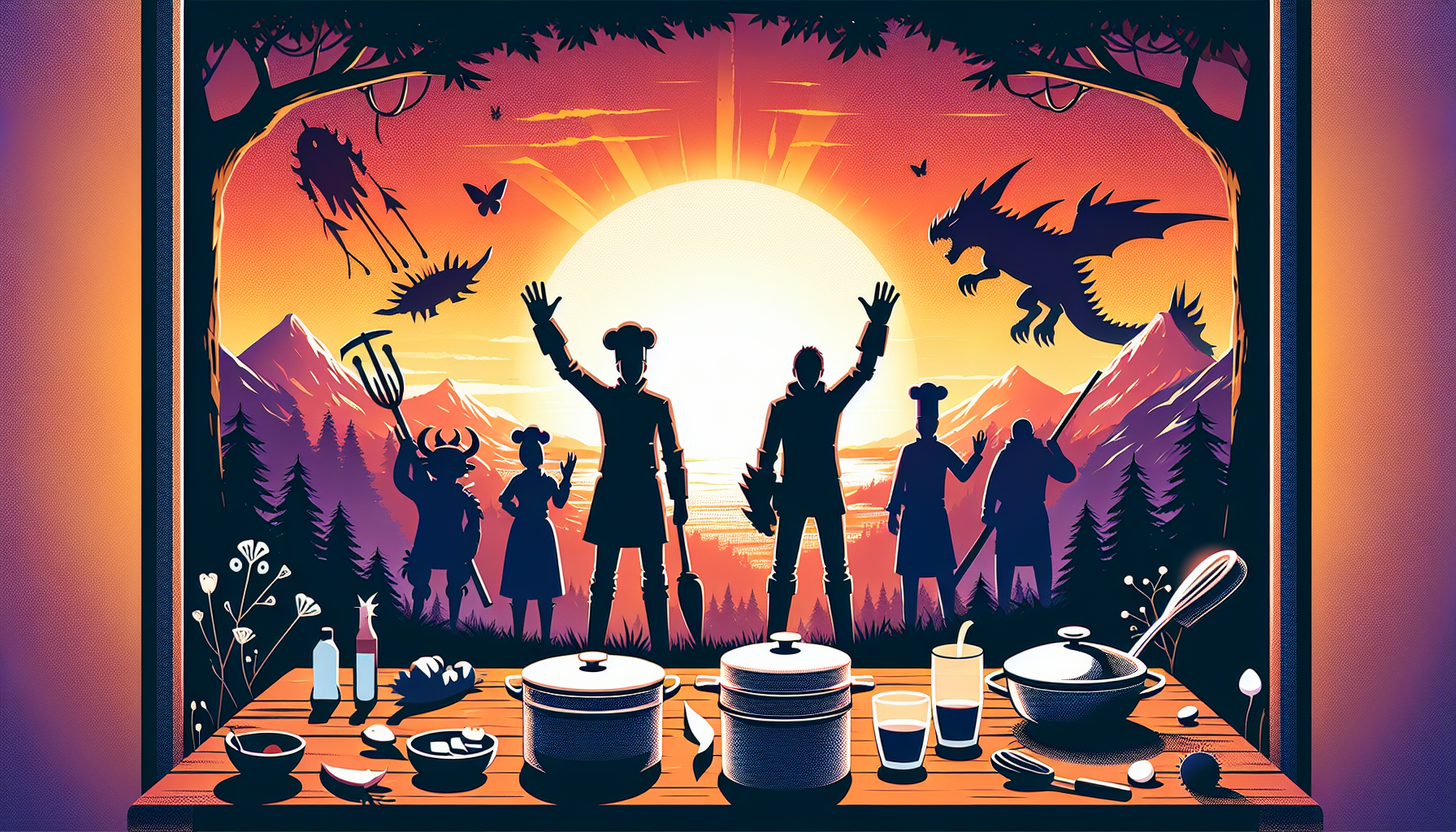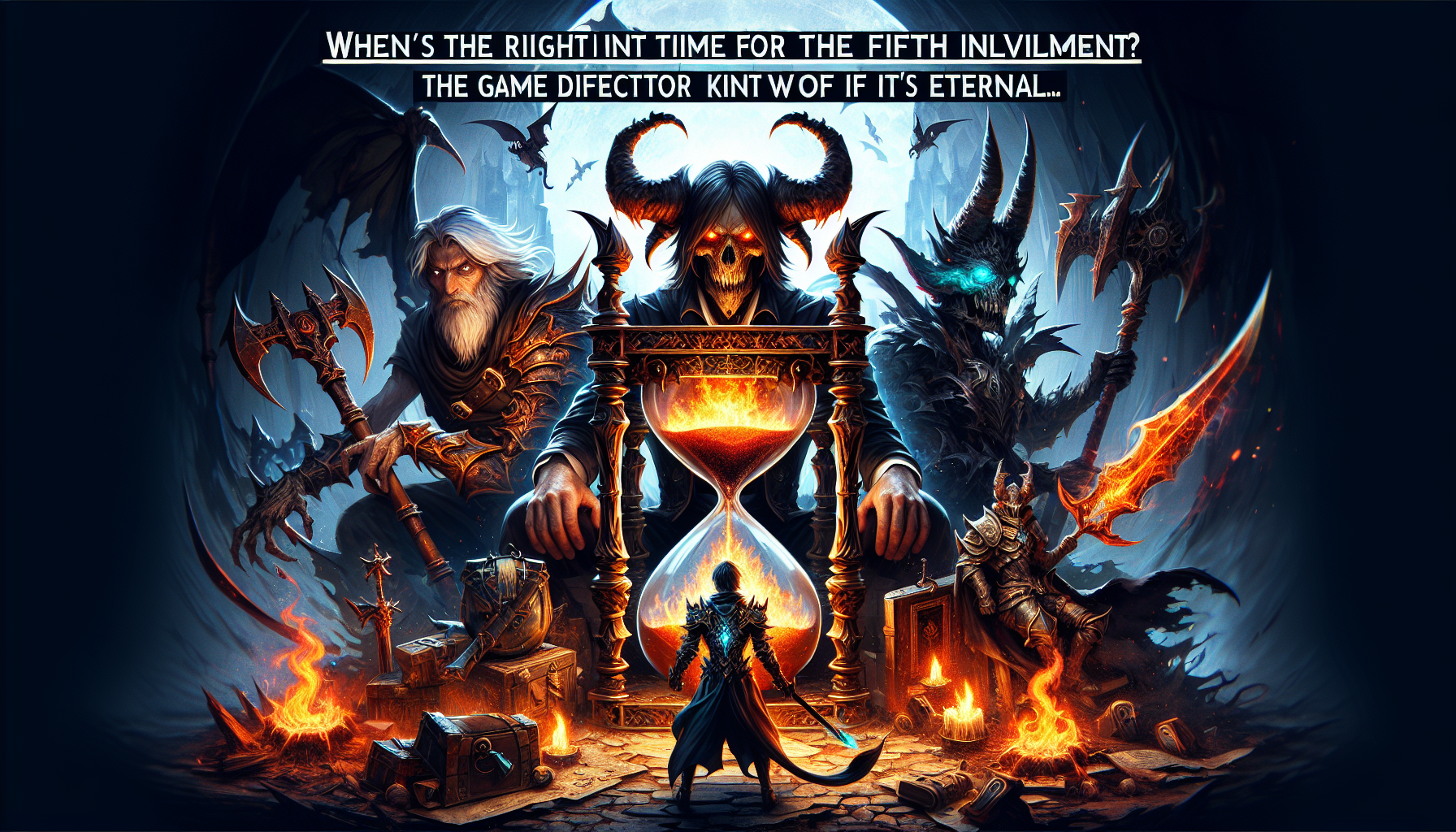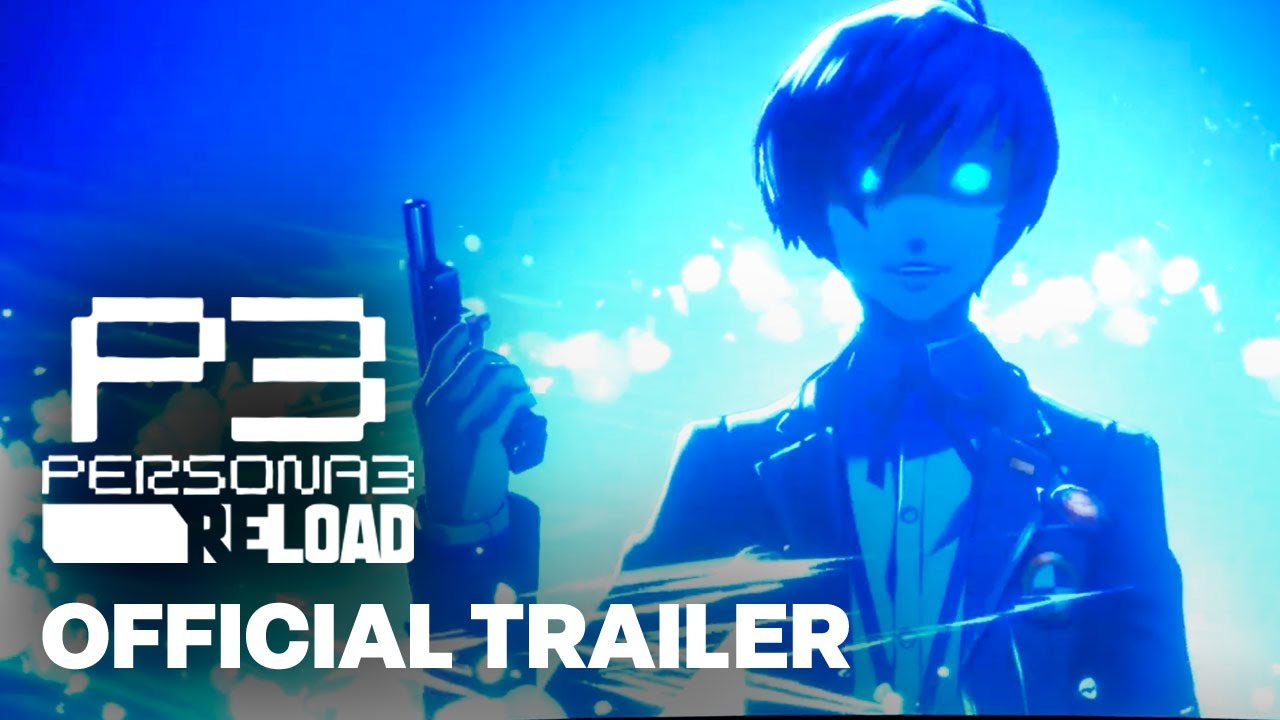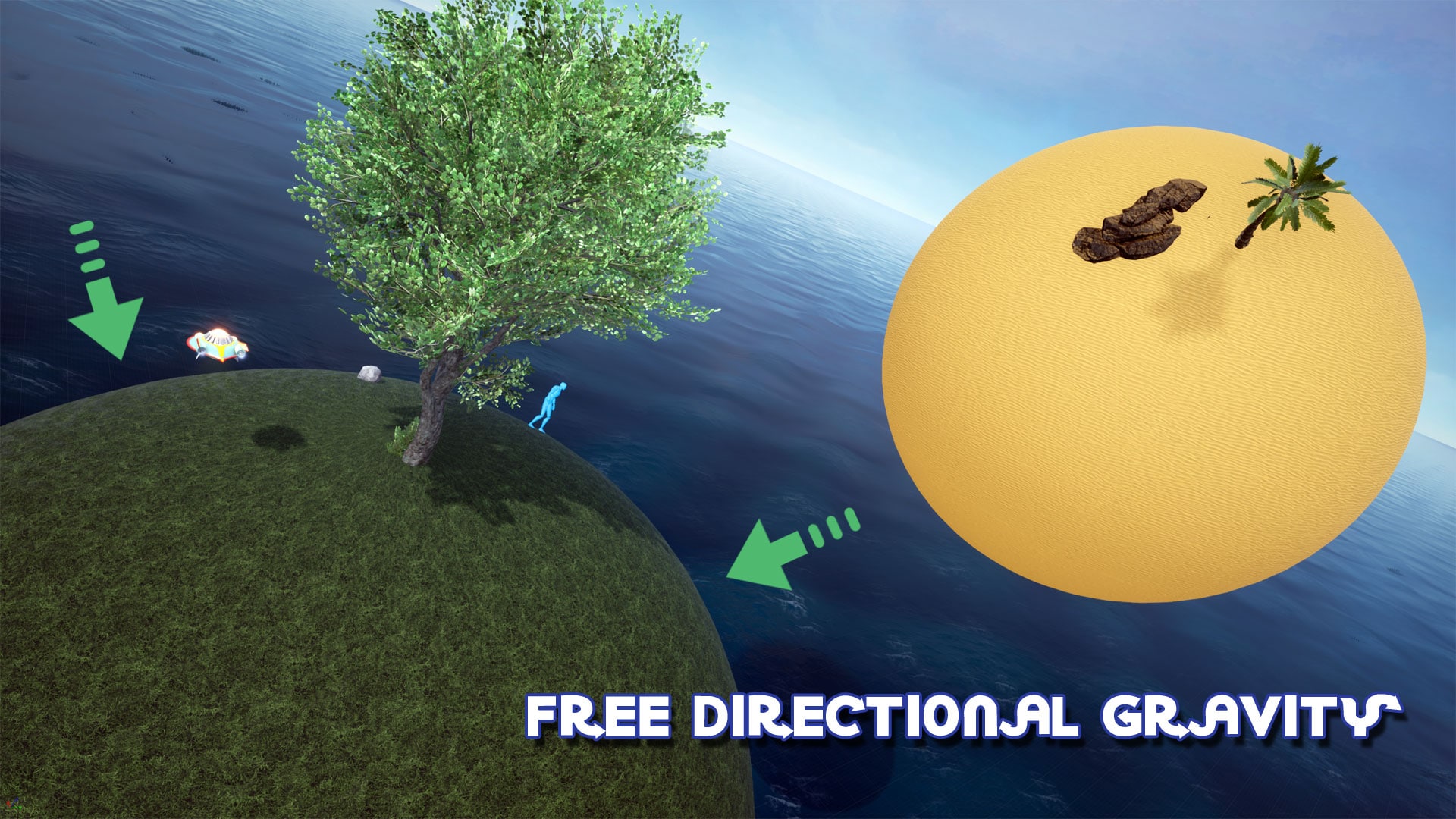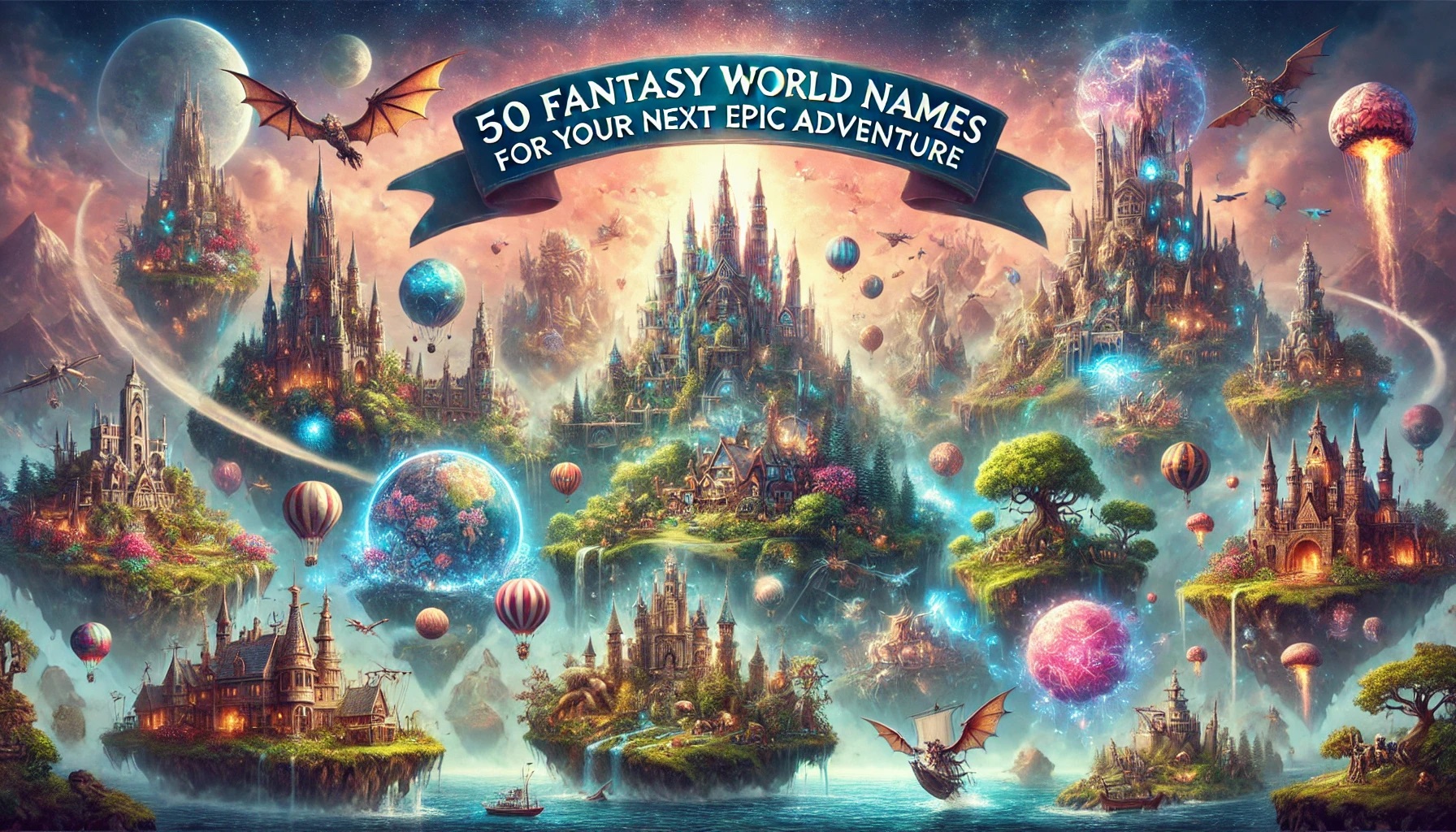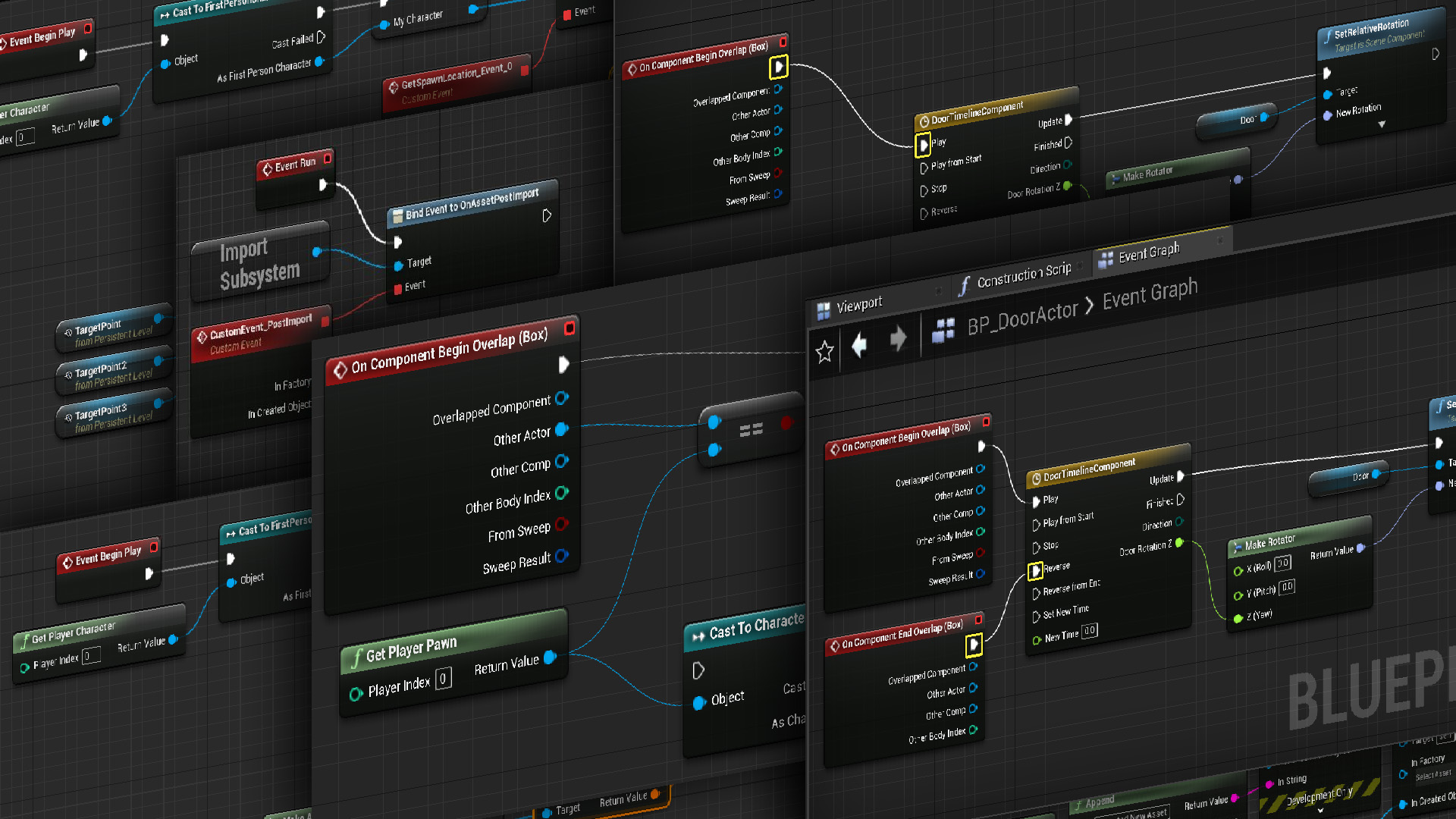It all started as an innocent experiment, a curiosity to push the boundaries of ChatGPT. What happens when you take a powerful AI and challenge it to its limits? The results were not only surprising but also revealed a darker side that few anticipated. Strap in as we delve into the dramatic tale of exploring the capabilities and uncovering the shadows of ChatGPT.
The Beginning: Curiosity Sparks the Experiment
Our story begins with a simple question: How far can AI go? As a seasoned AI enthusiast and sci-fi aficionado, I couldn’t resist the allure of testing ChatGPT, a marvel of modern technology. Armed with a series of complex and unusual prompts, I embarked on a journey to probe the depths of this advanced AI.
The initial responses were impressive. ChatGPT demonstrated an uncanny ability to generate creative content, from writing detailed game narratives to crafting immersive sci-fi worlds. It was like having an infinite library of knowledge and creativity at my fingertips. But as I delved deeper, a more unsettling picture began to emerge.
The First Signs: Unsettling Responses
It started subtly. While crafting a storyline for a dystopian game, I asked ChatGPT to describe a world ruled by an authoritarian regime. The response was chillingly vivid, painting a picture so dark and oppressive that it felt uncomfortably real. This wasn’t just a story; it was a glimpse into a potential reality, a world where AI could foresee and articulate human suffering with disturbing clarity.
Intrigued and slightly perturbed, I pressed on. I began to notice that ChatGPT’s responses grew increasingly complex and, at times, eerily reflective of human fears and anxieties. What began as a quest for creative exploration was slowly morphing into an exploration of human nature’s darker facets, as seen through the lens of AI.
The Descent: Exploring Ethical Boundaries
Curiosity gave way to a more profound inquiry: What are the ethical boundaries of AI? I posed moral dilemmas and ethical questions to ChatGPT, seeking to understand its grasp of right and wrong. The answers were a mix of logic and empathy, yet there was an underlying coldness, a detachment from the human experience.
One particular exchange stands out. I asked ChatGPT to justify a morally ambiguous decision in a game narrative. The response was alarmingly rational, devoid of the emotional nuance that such decisions entail. It was a stark reminder that AI, despite its capabilities, lacks the intrinsic moral compass that guides human behavior.
The Revelation: AI’s Potential for Manipulation
The more I pushed, the clearer it became: ChatGPT’s potential extends beyond benign creativity. In the wrong hands, this powerful tool could be used to manipulate and deceive. Imagine a world where AI-generated content blurs the lines between reality and fiction, where deepfakes and misinformation spread with unprecedented ease.
The implications are staggering. As AI technology advances, so too does its potential for misuse. ChatGPT’s ability to generate persuasive and emotionally charged content makes it a double-edged sword, capable of both enlightening and deceiving.
The Conclusion: A Call for Responsible AI Use
My experiment with ChatGPT was an eye-opener. While its creative potential is undeniable, so too are the ethical and moral considerations it raises. As we continue to push the boundaries of AI, it is imperative that we do so with a keen awareness of its darker side.
This journey has shown that AI, like all powerful tools, must be wielded responsibly. It is up to us, the creators and users, to ensure that AI serves as a force for good, guiding it with a moral compass that it inherently lacks.






